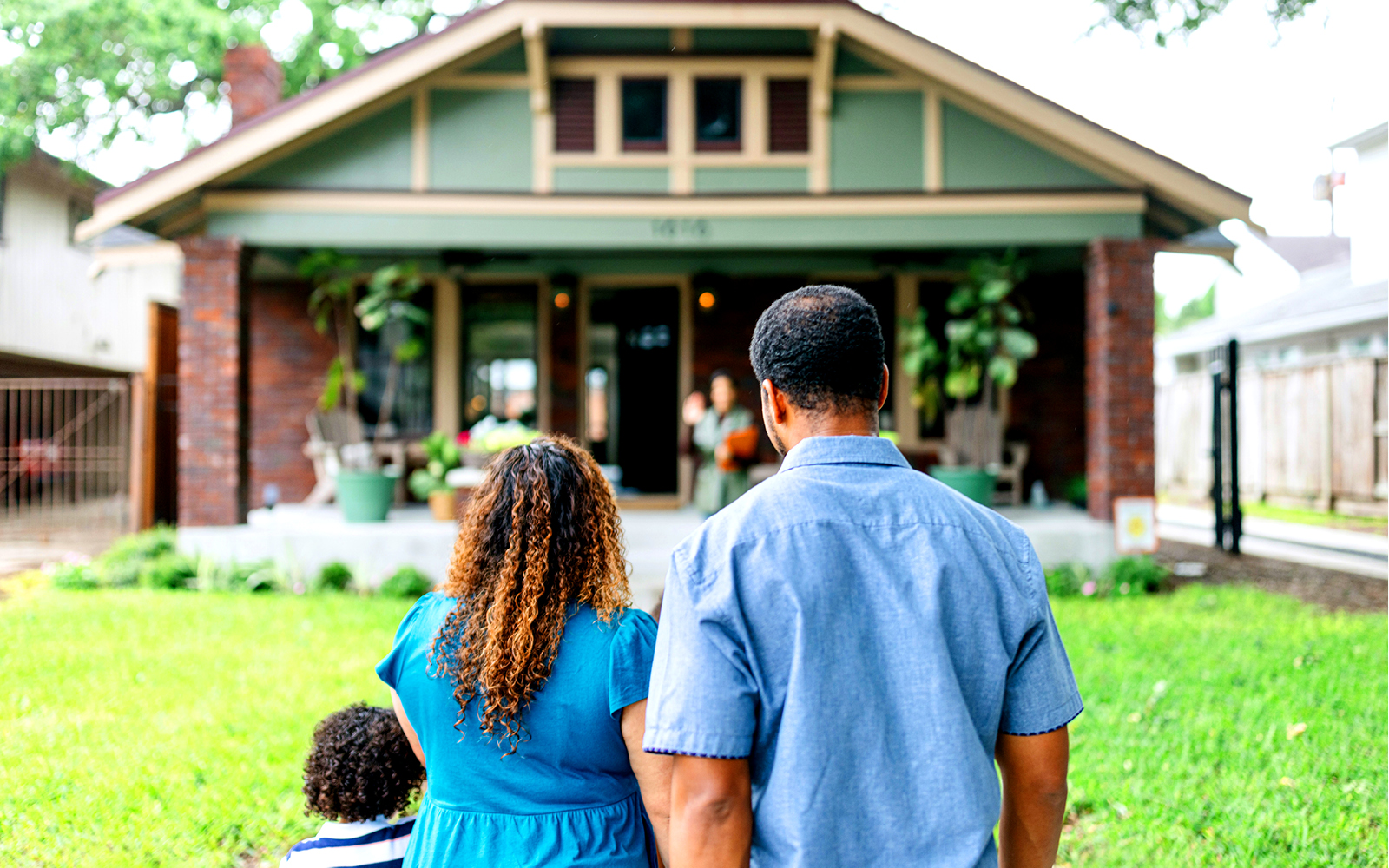Preparing to Buy a Home: A Step-by-Step Guide

posted
August 26, 2025
in
Home & Mortgage
Buying a home is one of the biggest financial decisions you’ll ever make. With preparation and the right information, you can avoid costly mistakes and feel confident every step of the way. Here’s how to get started:
1. Check Your Credit Health
Your first step is to review your credit report. You’re entitled to one free report each year from all three major credit bureaus, be sure to check for any errors or inaccuracies.
Aim for a FICO score of at least 675, with 700 or above considered ideal. A lower score could mean higher interest rates or difficulty qualifying for a mortgage. If your score needs improvement, consider delaying your application while you work on raising it. Doing so could save you thousands over the life of your loan.
2. Create a Monthly Budget
Before applying for a mortgage, take a close look at your monthly income and expenses. Gather documents such as:
- Pay stubs
- Bank statements
- Tax returns (typically from the past two years)
Lenders will also assess your existing debt. Large, recurring expenses, like car payments, can impact your ability to qualify. Avoid taking on any new loans or credit obligations while preparing to apply for a mortgage.
3. Determine How Much House You Can Afford
As a general rule, your total monthly housing payment should be no more than one-third of your gross income. For example, if you and a co-buyer earn $75,000 per year, try to stay under $2,000 per month for your total housing costs.
Be honest with yourself and stay grounded. Don’t let excitement or outside pressure push you into a home that stretches your finances too thin.
4. Research and Compare Mortgage Lenders
Now that you’ve assessed your budget, it’s time to shop for a mortgage:
- Use websites like Bankrate.com to check current interest rates and compare lenders.
- Contact local banks, credit unions, and online lenders to see what options they offer.
- Ask friends, family, or a real estate agent for lender recommendations.
When you find a lender that seems like a good fit, set up a meeting to ensure they are knowledgeable, trustworthy, and focused on your financial goals.
5. Understand Your Loan Options
Not all mortgages are created equal. Loans vary in terms of down payment, interest rates, and repayment structure. Some things to know:
- Fixed-rate mortgages offer consistent payments over the life of the loan.
- Adjustable-rate mortgages (ARMs) may start with a low rate, but payments can increase significantly after the initial term.
- Interest-only loans and balloon payments can lower your initial cost but may create financial strain later.
- Down payments range from 0% (VA loans) to 20% or more for conventional loans. A higher down payment can lower your monthly payments and eliminate private mortgage insurance (PMI).
Choose a mortgage that fits your long-term budget—not just your short-term needs.
6. Ask Questions and Stay Informed
Buying a home comes with complex financial terms and decisions. Don’t be afraid to ask questions. It’s your right and responsibility to fully understand what you’re signing up for.
Consider speaking with a non-profit housing counselor. Unlike lenders, housing counselors provide unbiased advice and can help you make sense of your loan options.
7. Beware of Payment Increases
Be cautious with mortgages that offer low initial payments but adjust over time. For example, a 3-year ARM may seem affordable now, but if the interest rate rises by 25–30% after the initial period, your monthly payment could become unmanageable.
When in doubt, consider a 30-year fixed-rate mortgage. It offers stability and peace of mind with consistent payments for the life of the loan.
8. Calculate Your True Monthly Payment
Your mortgage payment will include more than just principal and interest. Be sure to factor in:
- Property taxes
- Homeowners insurance
- Private mortgage insurance (PMI) if your down payment is under 20%
- Condo or HOA fees (if applicable)
These costs add up quickly, so include them in your budgeting from the start.
9. Plan for Your Down Payment
How much can you afford to put down up front?
- Conventional loans typically require 20% down.
- FHA loans may allow as little as 3.5% down, though interest rates and insurance costs may be higher.
Saving for a larger down payment can lower your monthly costs and improve your approval chances.
Final Thoughts
Buying a home is a major financial commitment, but with careful planning, you can make a confident, informed decision. Take your time, stay within your budget, and lean on trusted resources when you need guidance.
By following these steps, you’ll be well on your way to becoming a successful and prepared homebuyer.